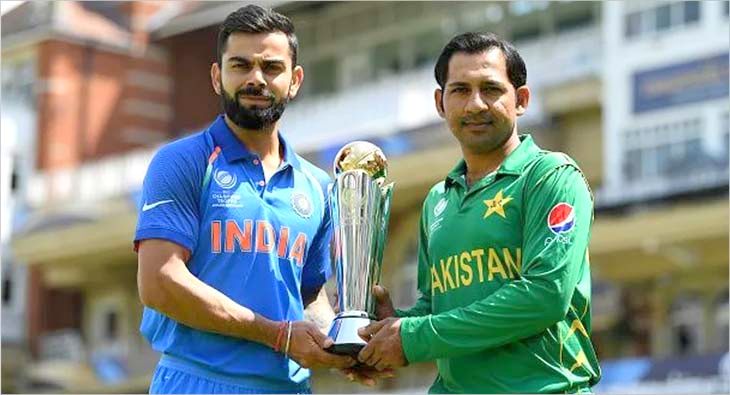Kolkata: Kolkata, for that matter, West Bengal is known for political violence. But suddenly now, the city’s everyday urban conflicts and crimes are being seen through communal prism, courtesy, the resurgent BJP. Its latest example is communal profiling of a bike-borne youth gang now booked for attacking a young model and her app-cab driver at late night last week.
The biker gangs: a new menace?
The harrowing encounter of young city model, Ushoshi Sengupta and her friend from LGBT community as well as the driver of their app-cab with such a bike-borne gang is the latest reminder of the menace. The gang not only heckled and harassed the victims twice for an alleged knockdown of one of its members by the car but also chased the latter to damage it. Fortunately, they failed to snatch the model’s smartphone which she had used to film the attackers without losing nerves.
Her courageous next moves; insistence on filing FIRs against the culprits and their subsequent arrests, despite initial police inaction on the ground of jurisdiction, is inspiring for helpless commoners, both men and women. Most victims often dither to lodge complaint and follow up it fearing further troubles from the attackers and callousness of law enforcers. Her Facebook posting after the double ordeals; on the road and at police stations, prompted action by the top cop of the city police cyber cell, herself a young woman.
The showbiz girl, however, underlined the fact that her media and social connections helped her to get the attention that the incident deserved. Not all the ordinary mortals are so fortunate. Also she pointed to fearlessness of the gang during the chase and attack making it clear that they gave a shit to police. This also speaks volumes about the political will to enforce rule of law.
The socio-economic backgrounds
Though I have not come across any organised study on the socio-economic backgrounds of these urban gangs in Kolkata and other Indian metros, personal and shared experiences as well as media reports underline many factors behind the rise of this menace. They point to the gang members being mainly school and college dropouts, jobless or low-paid odd job-doers from lower income group families mainly in the city’s slums and middle rung localities. They are typically low on self-esteem and self-efforts to fight the lives’ challenges, but high on consumerist instincts and ambitions for a quick rise up the social ladder. These bike-borne and smartphone-toting boys have mostly acquired their glitzy machines by squeezing parents or draining meagre personal income.
They ape the six-pack super-heros from Bollywood and other macho males from advertising world who constantly fuel their fantasies via smartphones. A typical bike ad that appeals to their instincts invariably depicts a dreamland that awaits a daredevil on superfast machines as sexiest girls jump to be their pillion riders for a short drive to the fairy bed of roses. The surge of testosterone that is provoked by unfulfilled desires often leads to competitive show of Mardangi among gangs on roads. If a good-looking girl is accompanied by a protective or macho boyfriend, we witness the show of Mawaali might to their affluent or upwardly mobile bhadrolok competitors, a la Bollywood masala films.
Bike-borne or not, street corner gangs have been part of cityscapes from Chicago to Kolkata, an important part of urban youth subcultures, mostly in underprivileged and unemployed areas. Kolkata’s legendary roadside tea-stalls as well as low ledges in front of neighborhood homes used to be meeting points as well as seats of power and judgement for jobless youth groups. Mostly sports and politics enthusiasts from Bhadralok milieu, they spent almost a whole day away from their families at their coveted corners. But today’s criminalized biker gangs with political blessings who run community club rooms as their power centres and recreation cum torture chambers for their victims represent different times and genre.
It should have compelled all of us to dig into the socio-economic factors behind the rise of such recurring incidents. What happens when these boys belong to Hindu families or neighborhood too? We need Kolkata’s social historians like Benoy Ghosh and Radharaman Gupta to understand these new sections of street gangs who are much more mobile than their predecessors, in order to fathom the ‘Metropolitan mind’ of 21st century Kolkata.
Instead, we witnessed equally scary and depressing communal profiling of the attackers, in sections of media and social media, just because of the religious identity of the gang members. All the ten accused, now in police custody as well as their accomplices who are still off the hook, reported to be Muslims.
So-called National Media Picked up BJP’s Hate Campaign
BJP and rest of the Sangh Paivar, now more aggressive after their huge electoral success in Bengal and larger country, has habitually stigmatized minority community as they did after the attack on junior doctors that triggered the weeklong shutdown of state hospitals last week. The saffron shenanigans are aimed at stoking Hindu outrage against ‘Muslim appeasement’ of Bengal chief minister Mamata Banerjee before the 2021 assembly polls.
Most of the so-called national TV channels; Republic and TimesNow Et all picked up the thread of BJP campaign and drummed up the communal narrative instead of any journalistic social-political investigations into the background of similar biker gangs in Kolkata and other big cities. The paid army of Modified trolls in social media continued its hate-campaign making insinuations about the predatory nature of Muslim men despite the model’s caveat that she had suffered no sexual molestation. What is shocking that many a middle class Hindu Bengalis, apparently new converts to the saffron cause, joined in demonizing Muslims as a criminalized community, overprotected by the secular parties and their governments; nationally Congress and Lefts and TMC in Bengal.
Undivided Bengal’s history shows that communalization of criminals, both Hindus and Muslims was in full bloom during the Partition riots. It was most brutally manifested in Great Calcutta Killings. Though it ebbed in post independence decades, political patronage to musclemen by parties of all hues has continued leading to ascendency of criminals in politics.
True, Mamata has courted Muslim clergy and other community conservatives to ensure en bloc votes of Muslims. She has also given power to criminal-turned politicians in her fold, both Hindus and Muslims, as well as speakers of Bengali, Hindi and Urdu across the city and the state. But her criminalization of politics was not community-specific.
On the other hand, Bal Thakery’s fascistic parochial politics and subsequent Hindutva waves led to sizeable communal polarization in Mumbai underworld, particularly in the wake of riots after demolition of Babri mosque by Sangh’s Rambhakts and subsequent competitive terror campaigns of Hindutva forces and Pakistan-sponsored Jihadi groups. Yogi Adityanath’s ‘éncounter Raj’ is trying to institutionalize it in UP. Modi-bhakts now want to repeat it Bengal.
Kolkata’s criminals belong to a single community?
For those citizens who still care for facts, reasoning and humanity, the key question is: Do these street gangs come exclusively from Muslim families? Did not we face their counterparts from Hindu community, sometimes even mixed gangs in every part of the city and suburbs? What about our Para goons; extortionists, controllers of public spaces, land-grabbers and killers as well as eve-teasers, stalkers and rapists? Do they all belong to minority community?
Do the residents of areas under total or near total Hindu dominance find their neighborhoods crime-free? Do the perpetrators of heinous crimes there represent a single religious/ linguistic community?
Communalization of criminals since colonial age
During my three decades in professional journalism, I had come across some police records of city’s underworld. Friendly cops too shared their experiences and insights informally. Though administration do not publish communal profiling of criminals, detective department at city police headquarters and police stations maintain such list of Mahalla history-sheeters since the Raj. Muslim goons have major shares in crime in city areas which have been historically dominated by Urdu-speaking Muslims with the sprinkling of their Bengali-speaking co-religionists around. On the other hand, Hindu criminals rule the roost in areas dominated by the majority community. Also Muslims had higher share in certain crimes in Kolkata which are as old as in Dickens’ London. Pickpocketing tops such crimes that helped communal profiling of criminals since the colonial times.
The Muslim citizen’s public appeal to Mamata: the reality check
Around fifty city Muslim professionals have appealed the chief minister not to go soft on the arrested Muslim youths; the bikers and the attackers on the NRS doctors, for that matter, any accused from the community in order to wither the ‘growing perception’ that the minority offenders are being ‘appeased and shielded’ by the regime. The appeal has also called for administrative ‘engagement with Muslim youths and their families in the areas of gender sensitization, civic consciousness and law compliance’ with ‘long-term patience’ for the social process to yield results.
The appeal has evoked mixed response among Muslims and Hindus. While well-meaning voices across religious divide have welcomed it, Hindutva camp has construed it as confession of the community’s criminality and admission of its appeasement by Mamata government. Such reactions have provoked the anti-Hindutva Left-liberals and Muslim conservatives to question the sagacity of writing this letter and its timing, calling it a capitulation to the saffron trap. They asked: do the Hindu professionals need to distance themselves from coreligionist miscreants in order to dispel similarly growing but false perceptions of the minorities? Does it not reflect the increasing fear and compulsion of a cornered community which is now being blamed for almost all the maladies of Modiland?
Ghettoisation of Muslims in the city has been blamed for the lack of their education, health and meaningful employment as well as brutalisation and criminalization. But personal as well as social experiences are gallore over the denial of physical and social space even to educated middle class members of community since the pre-Partition days. Riots-induced desertion and migration of Muslims shrinkened their areas while latter influx from other parts of India and Bangladesh have made them explosive. The Sachar Committee report on the socio-economic conditions of the Muslims in India, published during the UPA-2 government is a factful reminder of the ground reality, including that of then Left-ruled Bengal.
True, Muslim conservative clergy and opportunist politicians among them have their shares of responsibilities for plights of the poor and uneducated in the community. But did the Hindu Bhadroloks, particularly the Left-liberals ever try to reach out to emerging Muslim middle class to end their isolation and help them to be the change agents within the community? Had they tried so, the Sangh Parivar would not have been successful in poisoning the Hindu minds In Bengal so alarmingly.



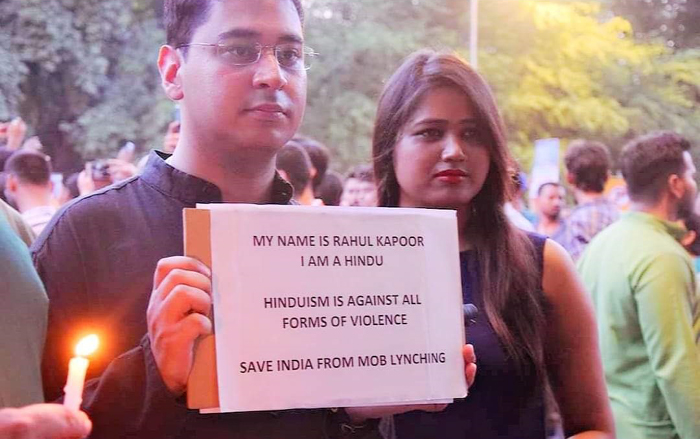


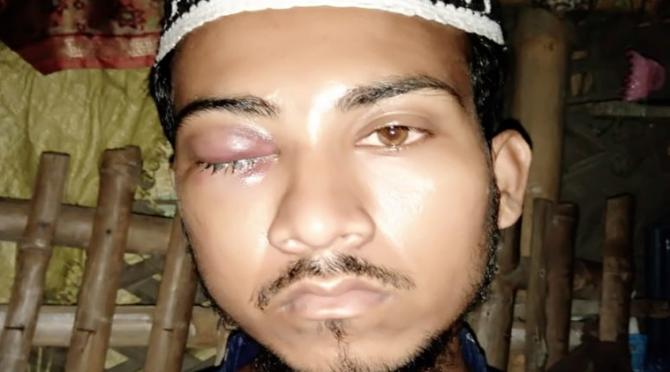

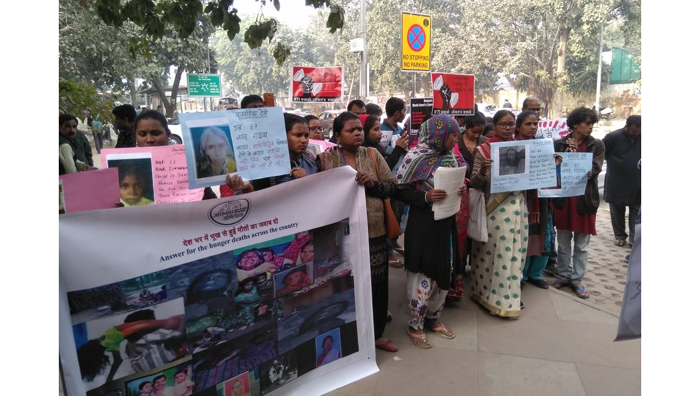
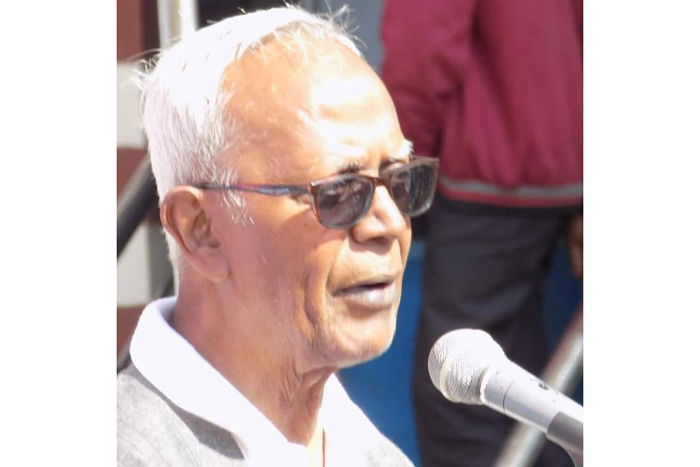

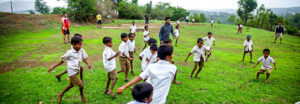

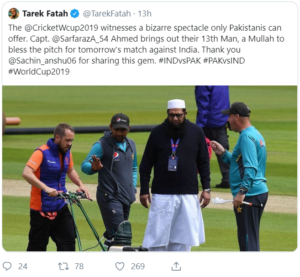
 One Manish Rao even asked him to brush up his cricket knowledge. “Sir, you’re an author, so you read a lot, but it seems your readings on the game of cricket’s limited. So follow the game for a few years, read a lot about it, and then write something about it. You can access profiles of most of the cricketers on Cricbuzz and Cricinfo. All the best,” tweeted Rao.
One Manish Rao even asked him to brush up his cricket knowledge. “Sir, you’re an author, so you read a lot, but it seems your readings on the game of cricket’s limited. So follow the game for a few years, read a lot about it, and then write something about it. You can access profiles of most of the cricketers on Cricbuzz and Cricinfo. All the best,” tweeted Rao.